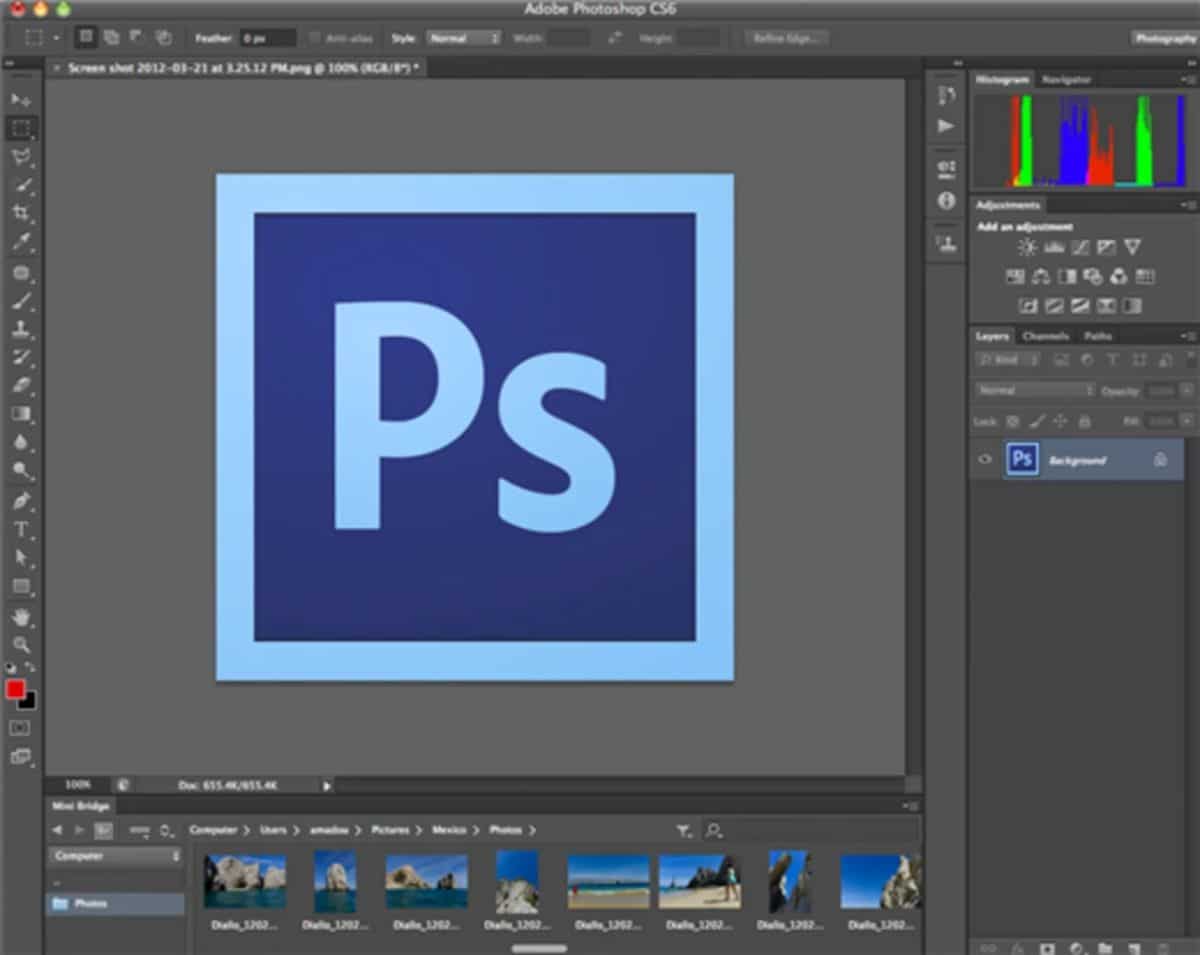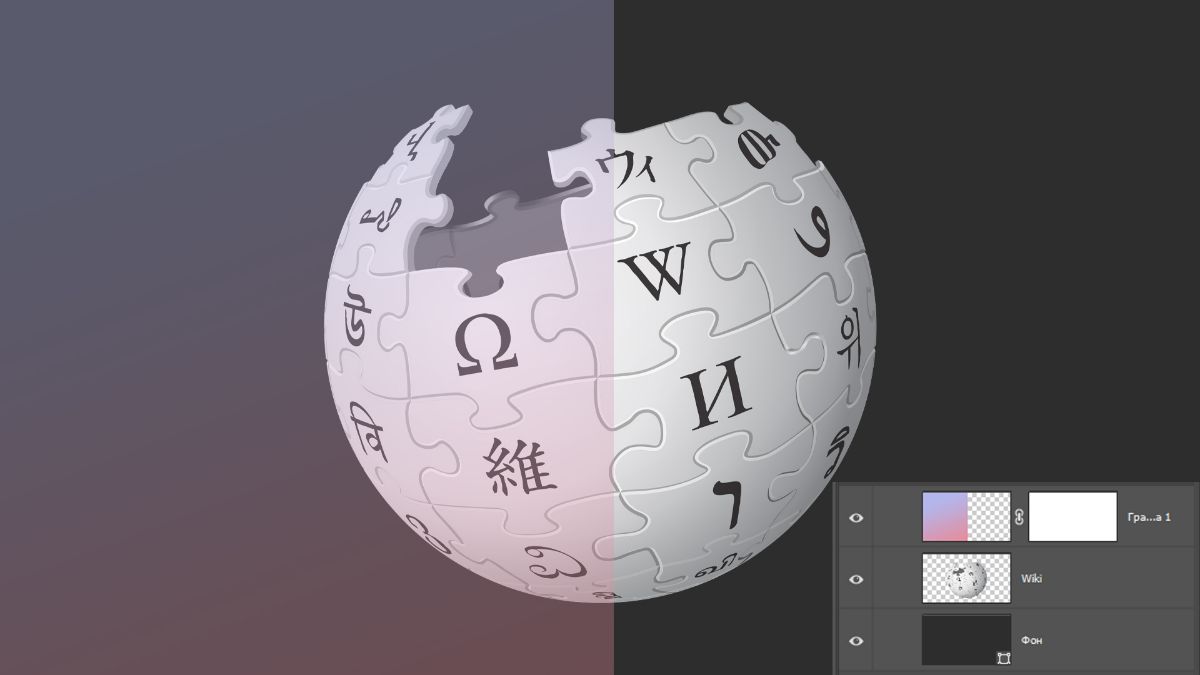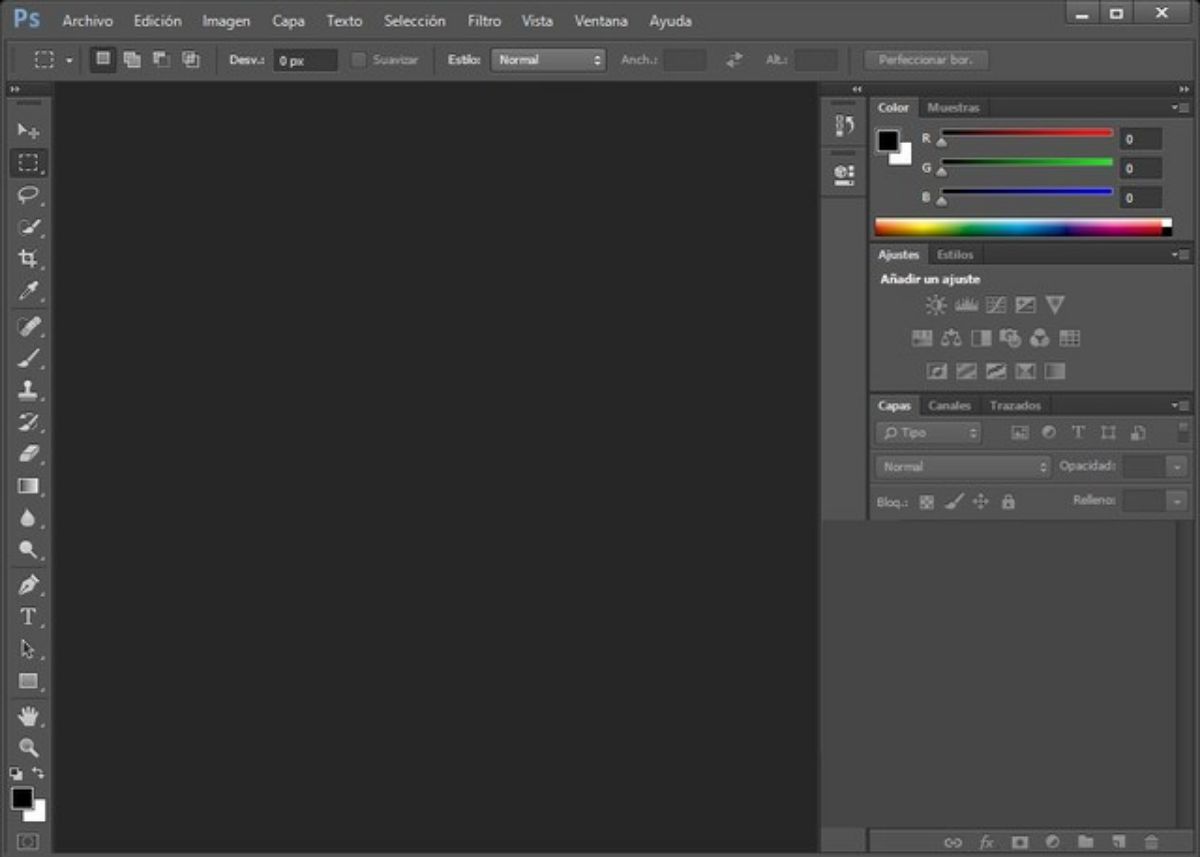
Photoshop is one of the most popular image editing programs in the world. Many professionals use it to carry out their creations or designs and it is common for them to know those little tricks that this interface offers. However, if you are a newcomer, or if you are still familiarizing yourself with the program, some tricks always come in handy, such as knowing invert colors in Photoshop. Do you know how to do that?
Next we are going to give you the keys, step by step, so that you can easily invert colors in Photoshop. It's very simple, but sometimes it gets complicated because we don't know where to play. From now on you will save time learning how to do it in a matter of minutes.
Invert colors in Photoshop, what is it for?

If you've never done it before, you may have questions about why you should do it. What is the use of inverting colors in Photoshop? You should know that this adds to your designs, images, photos, a very curious effect, and you can play with it to give your projects an original touch.
What is done, roughly speaking, is apply a layer of inverted color on the original image in such a way that it completely changes the visual of that image, And, in some cases, it improves the bottom line much more.
Therefore, learning to do it well can mean giving your projects a distinctive touch, and your clients something that is not seen so much and can generate a greater impact.
Once you see the effect live, you can tweak and change. For example, you could use the filters, the styles, the way the lights reflect part of the image. In short, do not stay alone with the result that it offers you "raw", over time you can achieve better results if you experiment with combining with other styles, in such a way that you will perfect the project you have. Don't be afraid to try things, you always have the undo button but, we recommend that you always write down what you do so you can know what you have done (not only to go back, but because, if you get a good result, that you do not remember what you have done to get it).
How to invert colors in Photoshop in an image

Let's start with something simple. Photoshop open an image that has color. To see the effect that an inversion of the colors had on that image, all you would have to do is, in the program menu, go to Image / Adjustments / Invert. If you prefer keyboard shortcuts, then press Ctrl and, holding it down, hit the I key.
Directly, the colors that that photo had will change. But if your image is red and black, it does not mean that they will be reversed and what is black is now red, and what is red is now black. Not.
Inverting colors in Photoshop what it does is take the color and change it to its chromatic opposite. In other words, in the color circle, it will always change the colors in a photo to the ones in that circle.
This is the simplest and most basic way to invert colors in Photoshop. It can be used for a logo or something where masks or layers are not needed, but, if they are present in your project, the investment process becomes a little more complicated. We explain it to you below.
Invert colors with layers
If you don't want your original image to change colors, then the best way to apply this effect is through a layer. To do this, you have to open the image in Photoshop. Next, go to the Layers menu and add a new one. This will appear in the layer panel that is usually located to the right of the program. There you will see that it appears above the original (actually, if you remove the lock from the image, you can put it below if you want).
Now that you have the layer, make sure that copy of the original is highlighted. Go to Image / Adjustments / Invert and it will automatically come out inverted with the colors.
You will have two ways to see the image, one with the original colors, and the other reversed. What can it do for you? For example:
- To create an image that is half original color and half reversed color.
- To play with filters and styles to merge the two images into one in such a way that you do not get the original colors or the inverted ones, but what you get is a third color and design that can be even more attractive.
Invest only specific parts

Imagine that you have an image and you want each part of it to look different. For example, one part inverted and the other original. That implies combining the two layers (original and inverted), but how is it done?
To do this, the first thing you need is to select the main layer (the original, for example). Now, you have to point out the part that you want to invest. We recommend that you use the rectangle, the bow or the magic wand. These three tools are perfect for achieving the effect you want.
Once you have it, you just have to delete that part of the photo and, if the other layer is visible, you will most likely see the effect immediately.
But what if you don't like it? Do you mean there is no going back? Not really, you can always go to Edit / Undo and you will have the whole image again, as if you had never cropped it. In this way, you can try as many times as you want, and even have a photo divided into different rectangles that show the image (or part of it) with varied tones, creating a much more striking visual effect.
In design, either with Photoshop or another image editing program, the most important thing is to try. Sometimes, there is not only the fact of following tutorials but, once you learn, you must launch yourself to try what would happen if you changed something, or combined with other ways of treating the images.
And remember one thing, that everything that is done in Photoshop can also be done in other image editors. You just have to know which are the commands to apply to generate the same effect as in this program.